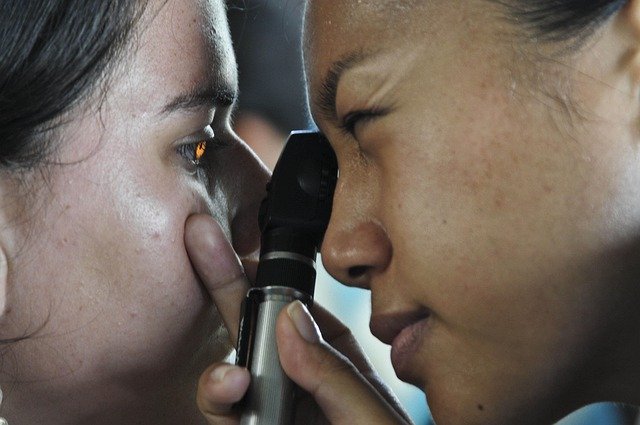The Emergence of Space Tourism: A Look into the Future of Travel
From the dawn of civilization, humans have gazed up at the stars with a sense of wonder and curiosity. This fascination fueled our desire to explore and conquer the unknown, leading to groundbreaking achievements in space exploration. Today, we stand at the precipice of a new era in travel—space tourism. This article delves into the historical context, current developments, and future projections of this exciting new trend in the travel and transportation industry.

The Journey to the Stars: A Historical Overview
The history of space tourism is relatively short but packed with significant milestones. It began in the late 20th century with the space race between the United States and the Soviet Union. The competition led to rapid advancements in space technology, but it wasn’t until the 21st century that space tourism became a reality. In 2001, Dennis Tito, an American businessman, made history as the first space tourist, paying $20 million for a week-long trip aboard the International Space Station.
Space Tourism Today: Pioneers and Players
In the present day, several private companies are spearheading the charge towards making space tourism a commercial reality. Elon Musk’s SpaceX, Jeff Bezos’s Blue Origin, and Richard Branson’s Virgin Galactic are at the forefront of this movement. Their different approaches to space travel, varying from reusable rockets to suborbital spaceplanes, demonstrate the breadth of innovation within this burgeoning industry.
The Upside and Downside of Space Exploration for Leisure
Space tourism presents a unique opportunity for civilians to experience the wonders of the cosmos. It promises a perspective shift, offering travelers a chance to view our planet from a vantage point few have seen. However, this new travel trend also poses challenges. The high cost of space travel and the environmental impact of rocket launches are significant hurdles. Additionally, space tourism raises questions about the ethical implications of turning space into a tourist destination.
Space Tourism: A Look into the Future
Despite the challenges, experts predict a bright future for space tourism. Technological advancements are expected to lower costs and make space travel more accessible. The prospect of lunar tourism, Martian colonies, and even space hotels no longer seem like science fiction, but a potential reality within our lifetimes.
Facts and Insights into Space Tourism
- The Virgin Galactic’s spaceplane, VSS Unity, can accommodate six passengers and two pilots.
- Blue Origin’s New Shepard rocket can reach an altitude of roughly 62 miles, officially crossing into space.
- SpaceX plans to send tourists around the moon in their Starship spacecraft.
- The International Space Station is expected to start hosting tourists in 2022.
- Suborbital flights, although brief, provide a few minutes of weightlessness and a view of the Earth’s curved horizon.
In conclusion, space tourism represents the next frontier in human exploration and travel. It’s an exciting, albeit challenging, venture that promises to revolutionize our understanding of the cosmos and our place within it. While the journey to the stars may currently be a luxury reserved for the ultra-wealthy, the dream of ordinary individuals venturing into space may soon become a reality. As we continue to push the boundaries of travel, our curiosity and sense of adventure remain our guiding stars.




